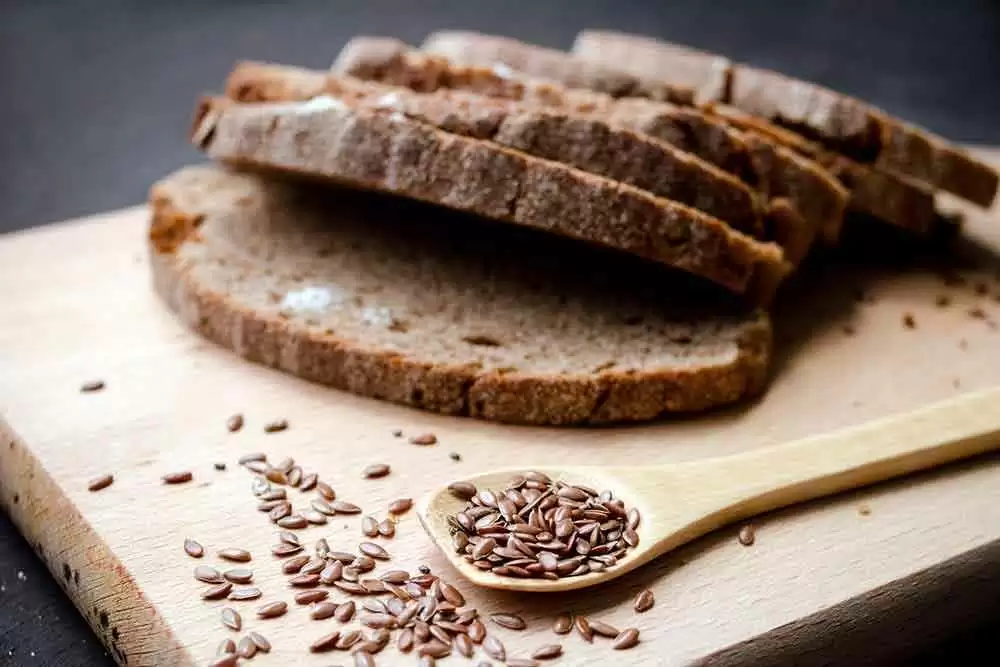
Celiac.com 03/06/2019 - FODMAPs is an acronym, short for “fermentable, oligosaccharides, disaccharides, monosaccharides and polyols.” FODMAPs is a single name for a bunch of different molecules, common in many in foods, that are poorly absorbed by some people. People who can’t tolerate FODMAPs can suffer celiac-like gastrointestinal symptoms. A low FODMAP diet has been shown to help reduce symptoms of IBS, and could be helpful to some people with celiac disease. FODMAPs have also been shown to play a role in non-celiac gluten sensitivity (NCGS). Now, a new app can help people zero in on FODMAPs in food.
FODMAPS Trigger Celiac-Like Symptoms in Some People
In case you didn’t know, there’s a group of carbohydrates called FODMAPs that may play trigger celiac-like symptoms in certain sensitive people. New research shows that reducing or avoiding FODMAPs, which are poorly absorbed by the gastrointestinal tract, can help to alleviate symptoms of IBS. A Low FODMAP diet works by restricting foods that are high in FODMAPs. Some people with celiacs who experience GI symptoms on a gluten-free diet, and some people with IBS may benefit from eliminating FODMAPS.
High FODMAP foods include, but are not limited to:
- apricots
- avocado
- beans
- cherries
- dairy
- fruits
- garlic
- high fructose corn syrup
- honey
- legumes (soy)
- lentils
- maltitol
- mannitol
- nectarines
- onion
- peaches
- plums
- sorbitol
- wheat
- xylitol
FODMAPs and Gluten-sensitivity in IBS?
Celiac.com Sponsor (A12):
Some research points to a connection or connections between FODMAPs and gluten-sensitivity in IBS. Doctors have been working to figure out the best dietary strategies, including gluten-free, wheat-free and low FODMAP diets, for the management of IBS symptoms.
A recent study of IBS patients shows that rye bread low in FODMAPs can reduce hydrogen excretion, lower intraluminal pressure, raise colonic pH, improve transit times, and reduce IBS symptoms, compared to regular rye bread.
APP Helps You Avoid FODMAPs
Researchers with the Department of Gastroenterology at Monash University in Australia have developed a diet and related smartphone application to help manage gastrointestinal symptoms associated with Irritable bowel syndrome (IBS) The app is available on both iPhone and Android. Users in over 100 countries worldwide have helped the app become the most popular medical app in over 50 countries.
Traffic Lights for FODMAPS
The app is based on a comprehensive database of FODMAP content in food, and lists FODMAP foods with a traffic light system and by serving size. Foods coded red are high in FODMAPs and should be avoided, orange coded foods are moderate in FODMAPs and may be tolerated by some people. Foods coded green are low in FODMAPs and are safe to eat.
The app features specific food serving size suggestions help users know how much of a given food is safe to eat. The app also contains other information about IBS as well as recipes and meal ideas to help IBS patients interpret and follow the diet. Proceeds from the sale of the application will go towards funding further research.
More information about the app can be found on the Monash University website.







Recommended Comments
Create an account or sign in to comment
You need to be a member in order to leave a comment
Create an account
Sign up for a new account in our community. It's easy!
Register a new accountSign in
Already have an account? Sign in here.
Sign In Now